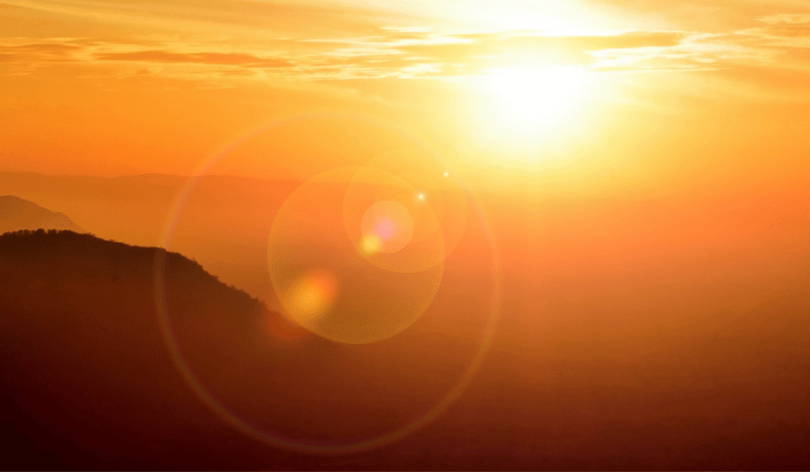
UV warning in summer?
The UV Index and What It Means for Your Vacation
What is the UV Index?
The UV Index measures the expected peak value of UV radiation for a day. Similar to the Richter scale for earthquakes, the scale is open-ended. The higher the value, the greater the risk of skin damage, sunburn, and long-term skin cancer. The World Health Organization has defined the UV Index, making it a globally accepted and standardized guideline.
The UV Index varies in Germany throughout the seasons. While peak values of up to 9 are measured in summer, reaching up to 11 in high altitudes, it is negligible in winter, ranging from 1 to 2. In countries around the equator, however, it remains consistently high due to the lack of significant seasonal variations. The worldwide record comes from the Bolivian Andes with a UV Index of 43.3.
What Does the UV Index Mean?
Dermatologists and radiation researchers recommend sun protection from a UV Index of 3 onwards, and advise against sun exposure from 7 upwards. The German Weather Service (DWD) issues UV warnings for particularly UV-rich days. Those interested can subscribe to this warning for their place of residence through the newsletter . The Federal Office for Radiation Protection has published the following table on exposure and measures:
UV Index |
Exposure |
Protective Measures |
| 1 – 2 | low | no protective measures required. |
| 3 – 5 | medium | Protection required: seek shade during midday hours, wear appropriate clothing, hat, and sunglasses, use sunscreen with sufficient sun protection factor for exposed skin. |
| 6 – 7 and higher | high | Protection absolutely necessary: Avoid being outdoors during midday! Seek shade immediately! Appropriate clothing, hat, sunglasses, and sunscreen with sufficient sun protection factor are urgently needed. |
What is the UV Index Worldwide?
During vacation time, the above table helps, but the German Weather Service hardly assists with foreign travel. Therefore, here is a list of popular vacation destinations with the average peak values for the UV Index in the respective summer:
| Berlin | 7 |
| Zugspitze | 10 |
| Baltic/North Sea | 7 |
| New York | 9 |
| Mallorca | 9 |
| Greece | 10 |
| Italy (South) | 10 |
| Los Angeles | 10 |
| Cuba | 12 |
| Thailand | 12 |
| Maldives | 13 |
| Australia | 13 |
| South Africa | 10 |
In general, the closer one is to the equator and the higher one is in the mountains, the higher the UV Index. And don't forget: UV radiation is reflected in and around water, making it up to 90 percent higher than the measured value inland. (Read more in our blog about reflection on water).
A typical mistake many vacationers make time and again: as soon as clouds appear, they rush into the water or hike up the mountains. However, the UV Index only minimally decreases with light cloud cover. Even in the shade under a dense tree, about 50% of UV radiation was detected. The result is irreparable damage to skin cells, which store these health impairments in a lifelong skin cancer account and, in the worst case, react with skin cancer.
In short: anyone planning a summer vacation, except for the northernmost countries like Iceland, Northern Scandinavia, Northern Scotland, or Alaska, cannot do without sun protection. Therefore, get summer clothing with certified UV protection, preferably made from recycled synthetic fibers (no cotton, linen, or silk), and sunscreen without plastic packaging and without environmentally harmful ingredients in time. Then there is nothing standing in the way of your holiday enjoyment.